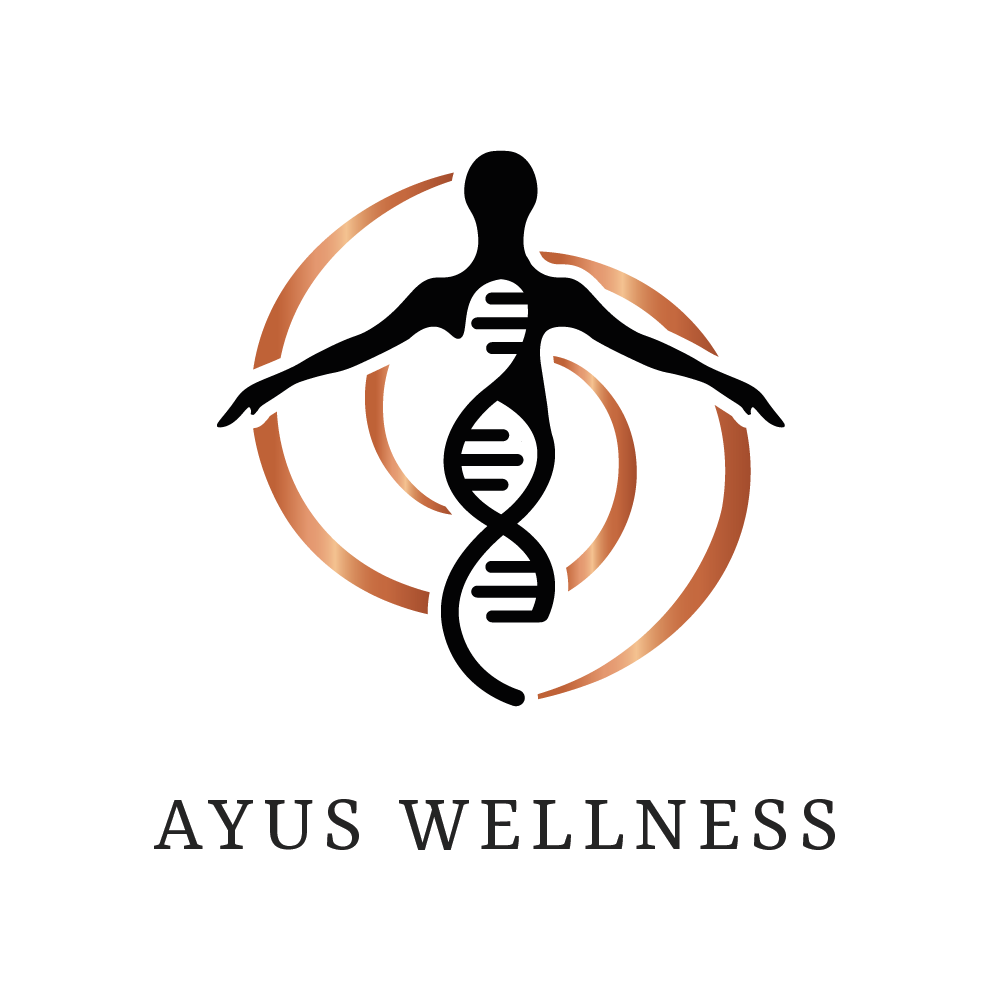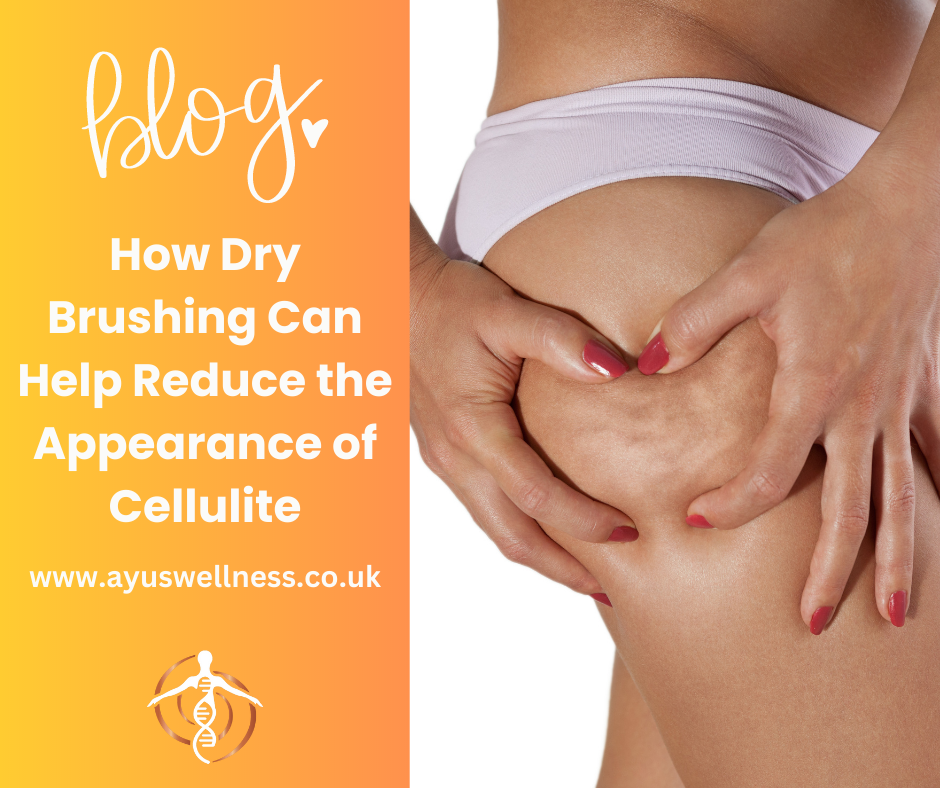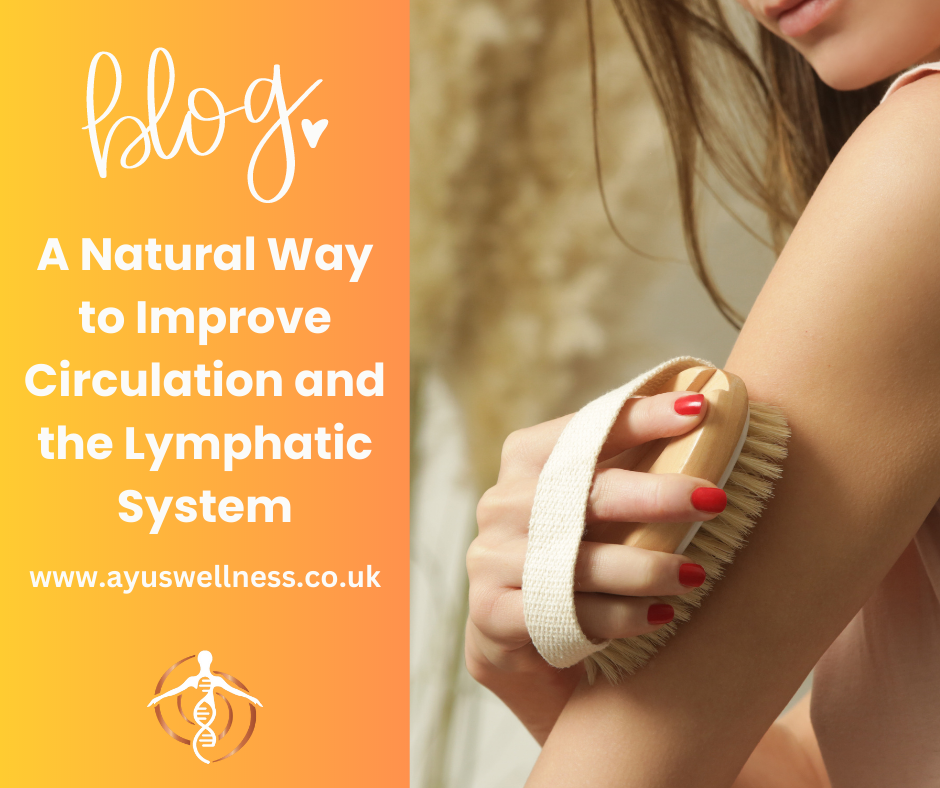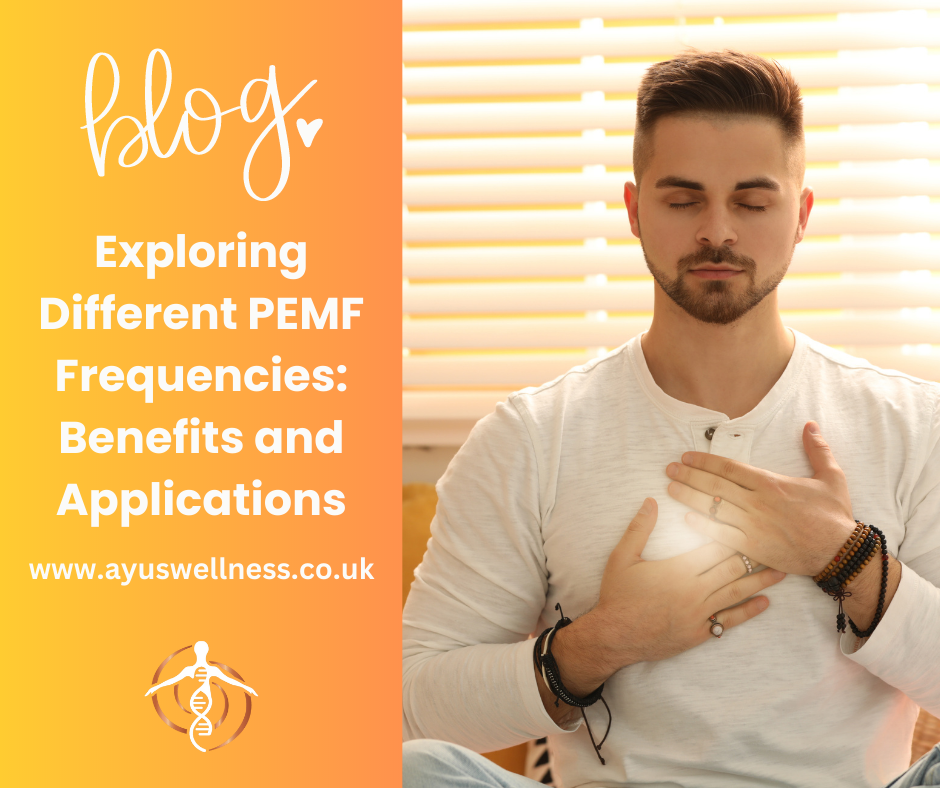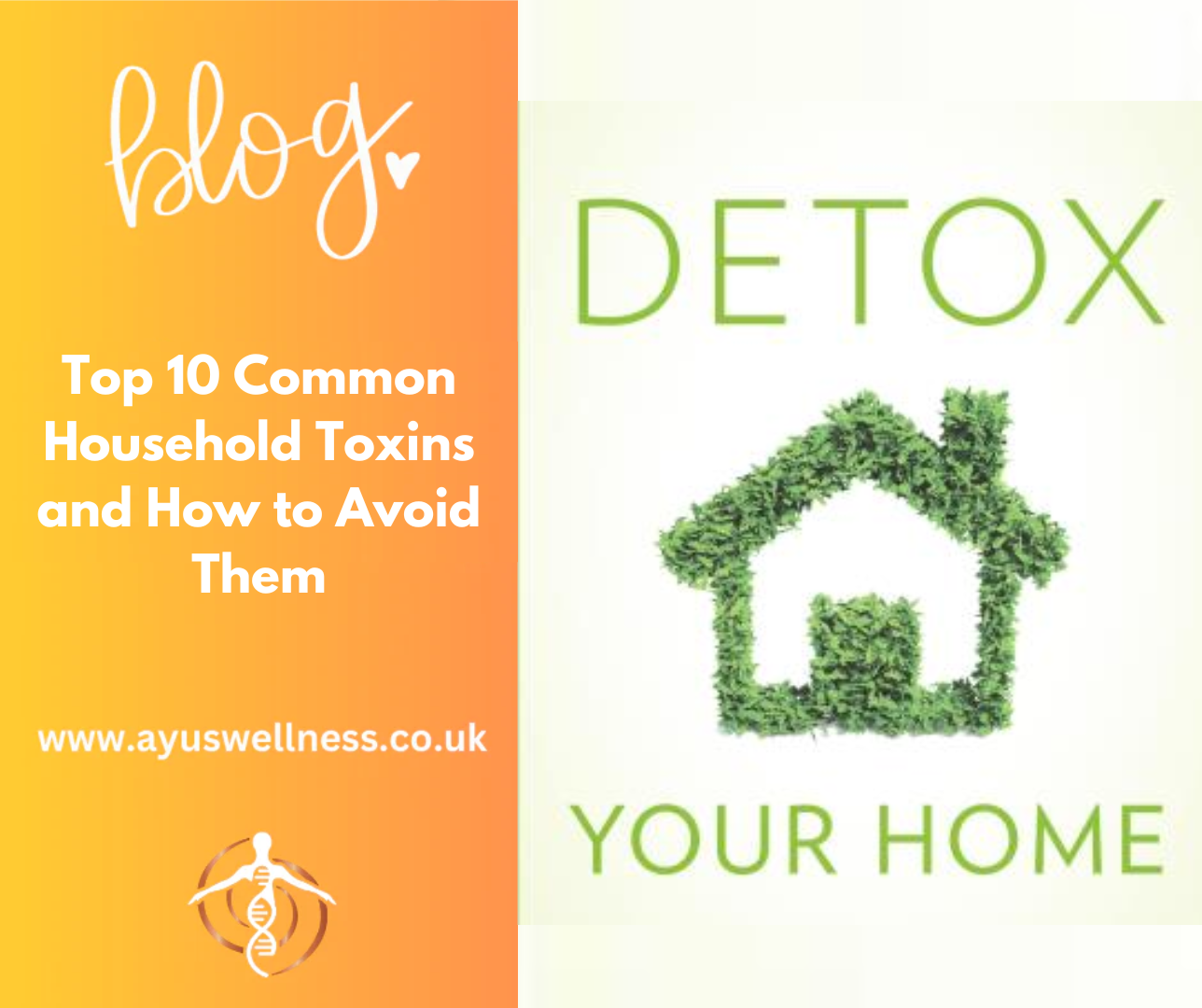
In our daily lives, we encounter numerous household toxins that can harm our health and well-being. By identifying these common toxins and learning how to avoid them, we can create a safer and healthier environment for ourselves and our families.
Introduction:
In this blog post, we'll explore the top 10 common household toxins that may be lurking in your home and provide practical tips on how to avoid them. From cleaning products to everyday items, it's essential to be aware of these toxins and take steps to minimize exposure.
The Top 10 Common Household Toxins:
- Volatile Organic Compounds (VOCs) in Paints and Solvents: VOCs can emit harmful gases that contribute to indoor air pollution and respiratory issues. Opt for low-VOC or VOC-free paints and solvents to reduce exposure.
- Pesticides and Herbicides: These chemicals are commonly used in gardening and agriculture but can pose health risks if ingested or inhaled. Choose organic or natural alternatives to minimize exposure.
- Household Cleaners: Many household cleaners contain harsh chemicals such as bleach, ammonia, and phthalates, which can be harmful to health. Look for eco-friendly, non-toxic cleaning products or make your own using natural ingredients like vinegar and baking soda.
- Air Fresheners and Scented Candles: These products often contain synthetic fragrances and chemicals that can irritate the respiratory system and exacerbate allergies. Opt for natural alternatives like essential oils or simply open windows to ventilate your home.
- Lead in Drinking Water: Lead contamination in drinking water can have serious health consequences, especially for children and pregnant women. Use a water filter certified to remove lead or consider testing your water for contaminants.
- Plastic Food Containers: Some plastic containers may leach harmful chemicals like bisphenol A (BPA) and phthalates into food and beverages, especially when heated. Choose glass or stainless steel containers for storing food and drinks.
- Flame Retardants in Furniture: Flame retardants used in furniture upholstery and padding can release toxic chemicals into the air over time. Look for furniture labeled as flame-retardant-free or made with safer alternatives.
- Formaldehyde in Building Materials: Formaldehyde is commonly found in building materials like plywood, particleboard, and insulation, and can off-gas into indoor air. Choose low-formaldehyde or formaldehyde-free products when renovating or building.
- Electromagnetic Radiation from Electronics: Excessive exposure to electromagnetic fields (EMFs) from electronic devices like cell phones and Wi-Fi routers may have adverse health effects. Limit screen time and use EMF shielding devices when possible.
- Phthalates in Personal Care Products: Phthalates are commonly found in cosmetics, fragrances, and personal care products and have been linked to hormonal disruptions and reproductive issues. Choose phthalate-free products or make your own using natural ingredients.
Closing:
By being aware of these common household toxins and taking proactive steps to minimize exposure, you can create a safer and healthier living environment for yourself and your loved ones. Stay informed, read product labels, and choose safer alternatives whenever possible.
